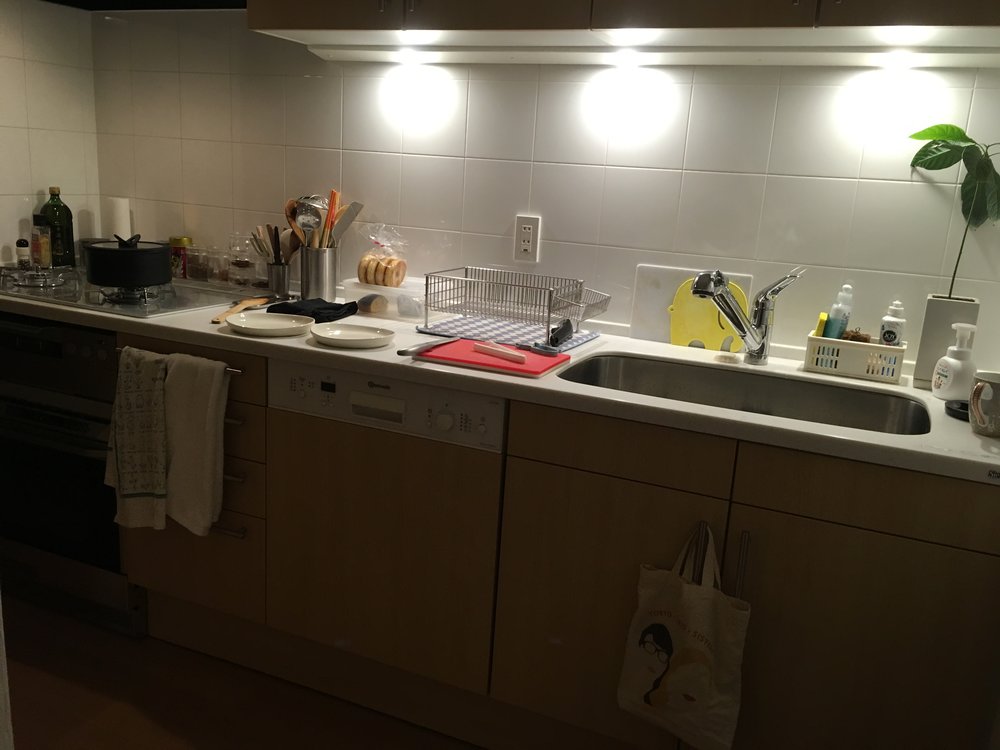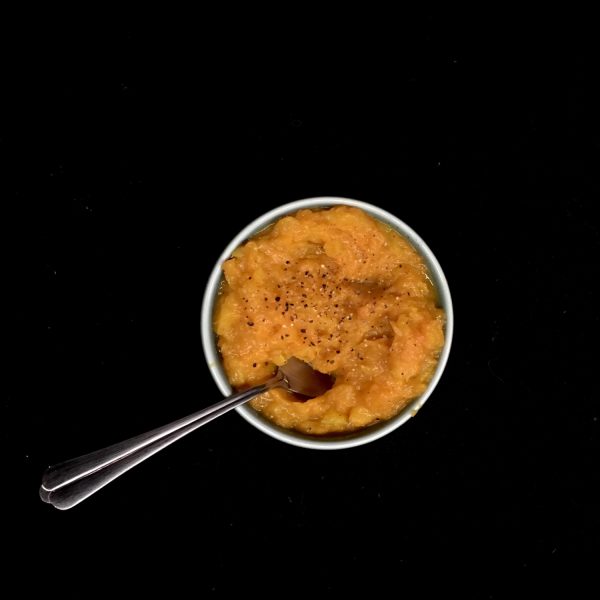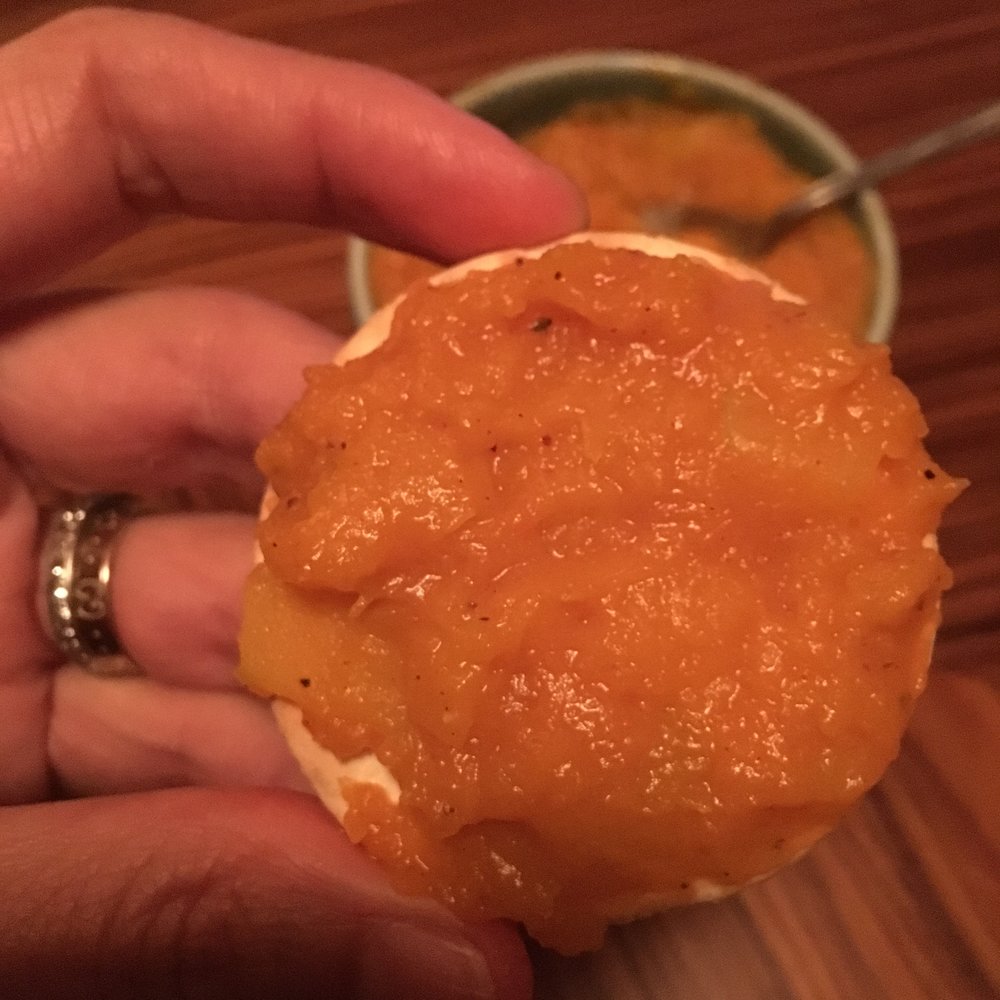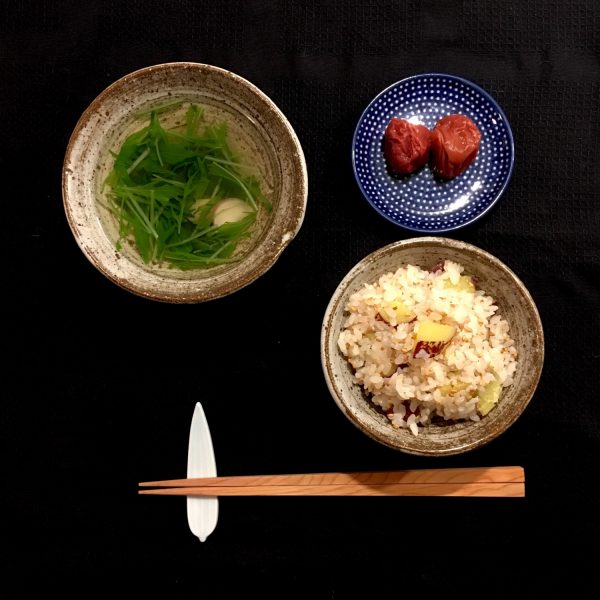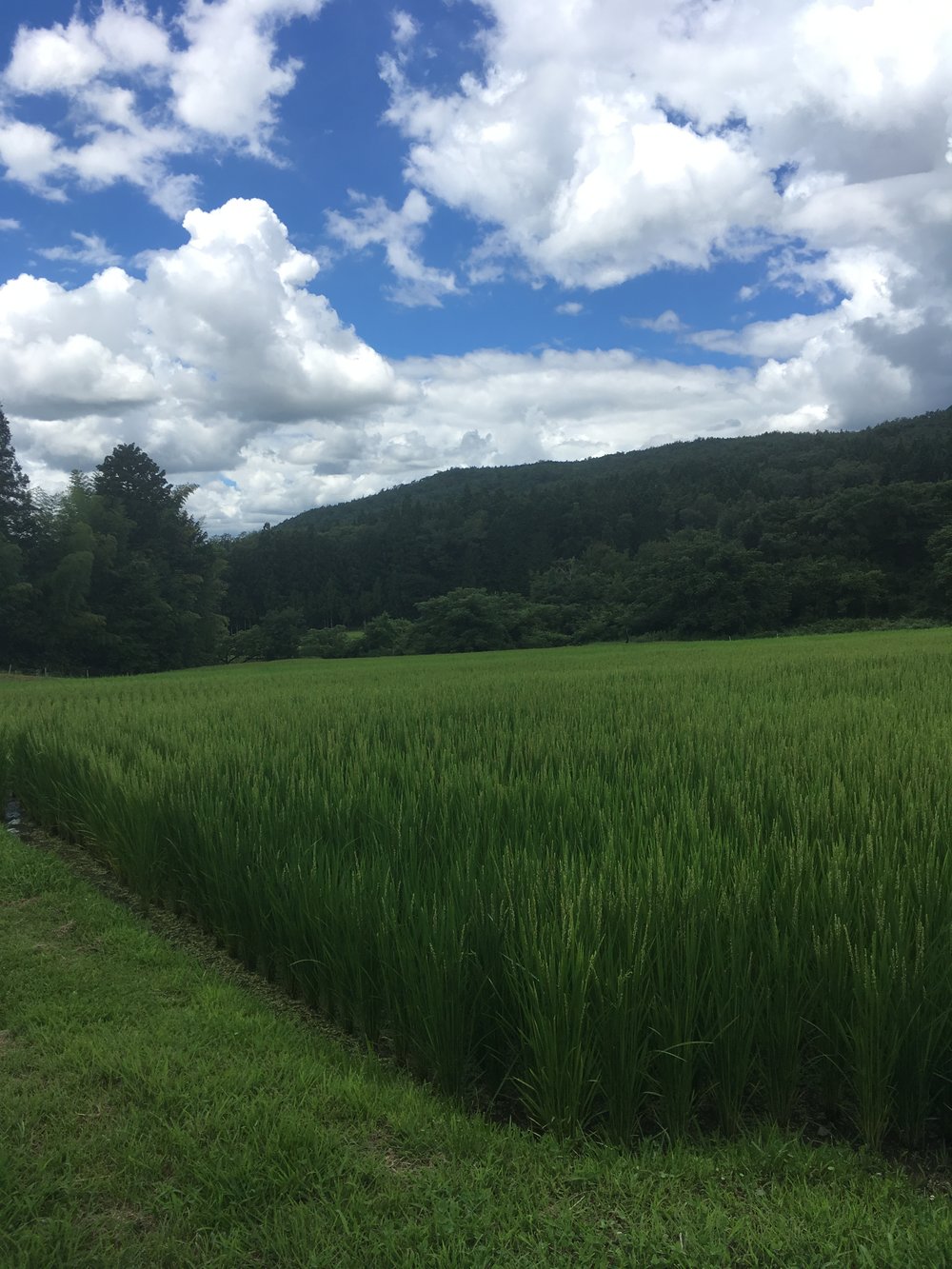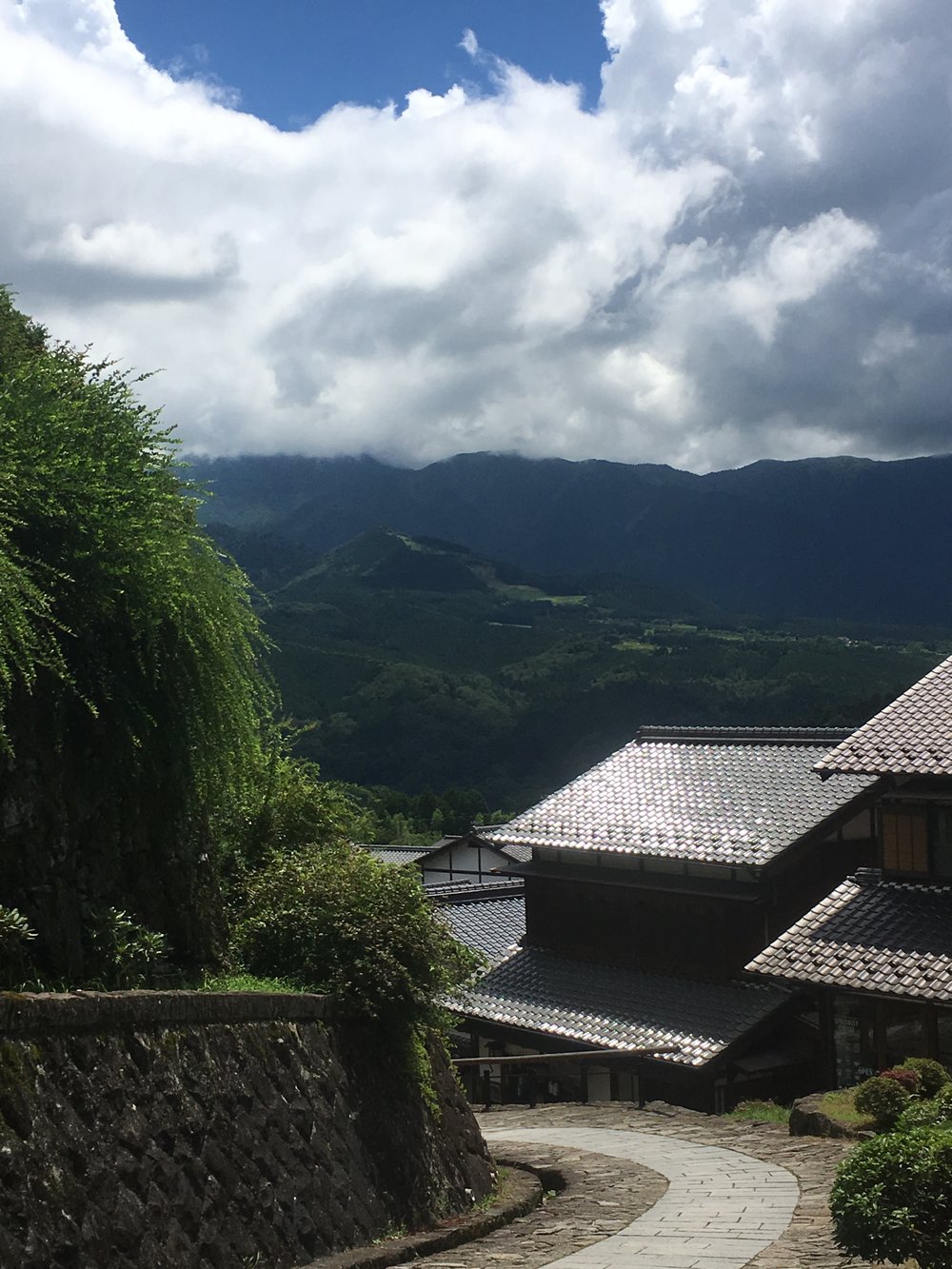We moved in our new apartment this weekend and we have just finished emptying the last boxes. Now it starts to like home! I’m still not used to it and in particular to the kitchen. It was very difficult to find a place that checked all the boxes of our list of “must” given the very long list and the very short time we had: the moving was motivated by A. new job starting next week and by the fact that there is a highrise under construction right in front of our former place which would have blocked seriously our beautiful view of Mount Fuji and Nihombashi skyline. Anyway… it was time to move… after 8 years in the same place, the longuest we’ve ever been. So, I had to give away my precious terraces, the large window in the kitchen, the all white and bright interior, the 3 sides orientation and natural lighting, the no neighbors around… but we kept the view, or got even better! I got a kind of boudoir/dressing room, and a slightly larger kitchen, a new oven, but not much larger… I also kept the gaz cooking range, which is a must!!! And finding mansions where they have gaz cooking range is getting much more difficult. So I am ver very pleased with that! Would you imagine cooking on an electric range????
The thing I didn’t expect was a much better lighting in the kitchen to take pictures at night with much less reflections!!! So, while I’m slowly getting used to this new place, I prepared some very simple food, because when I come back to work we worked on boxes, hanging frames etc… And I prepared this a bit weird combination but really delicious dish with chickpeas, bunashimeji, butternut squash and tofu. Seasoned with papeika, salt and pepper. Each ingredient is diced (but the chickpeas) and all are pan cooked in a little of olive oil. I had the spices in the end and served right away.
